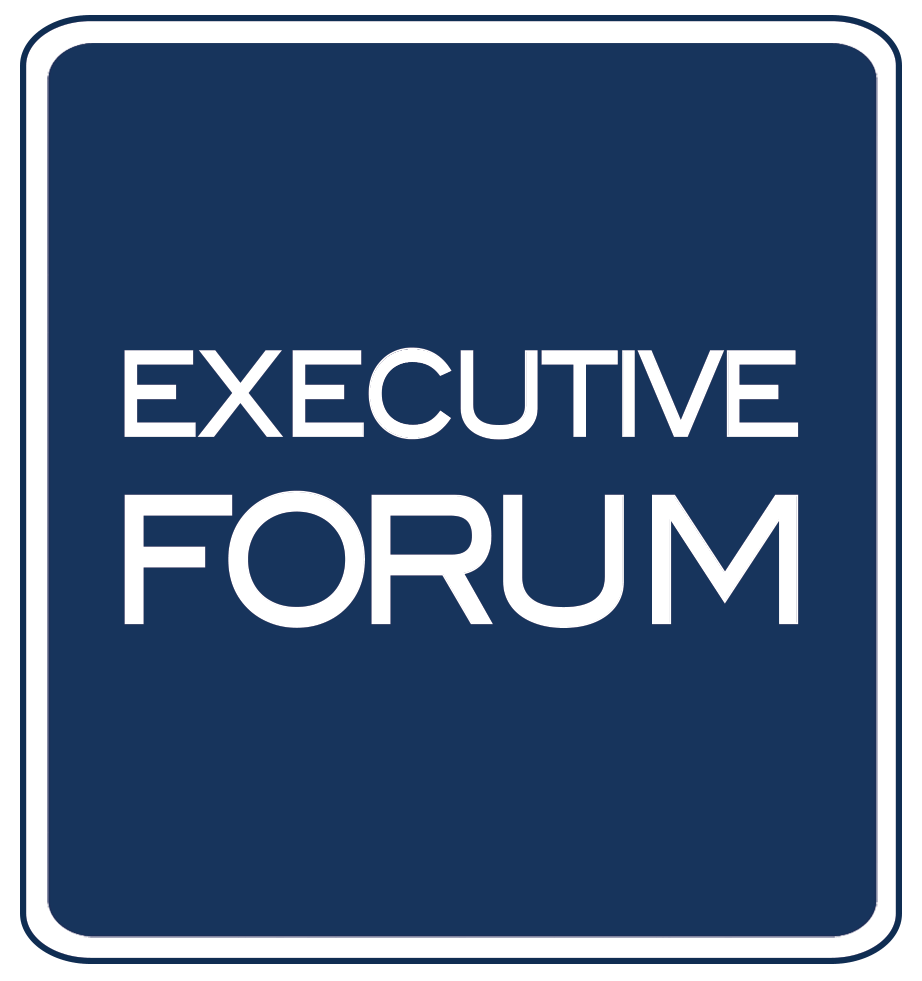 In a culture where busyness has unfortunately become an indicator of importance, boasting about a completely packed calendar has become fashionable. Leaders run from one meeting to the next with barely enough time to grab coffee, let alone reflect and absorb any information from the last meeting. Then, once the day is done, they spend their evenings catching up on their “real” work and sacrifice any hope of work-life balance. It can be difficult to disrupt a corporate culture that relies on long meetings to communicate and collaborate, but the disruption is absolutely essential. Leaders should abandon the madness within their own teams.
In a culture where busyness has unfortunately become an indicator of importance, boasting about a completely packed calendar has become fashionable. Leaders run from one meeting to the next with barely enough time to grab coffee, let alone reflect and absorb any information from the last meeting. Then, once the day is done, they spend their evenings catching up on their “real” work and sacrifice any hope of work-life balance. It can be difficult to disrupt a corporate culture that relies on long meetings to communicate and collaborate, but the disruption is absolutely essential. Leaders should abandon the madness within their own teams.
Here are 8 ways to make meetings less painful:
- Don’t meet. Before you send out the meeting invitation, ask yourself if it’s essential to meet. Could the content of the meeting be handled via email or one of the collaborative communication channels you’ve established? Unless the content requires ongoing discussions or decisions to be made collaboratively, then an email will probably suffice.
- Eliminate recurring update meetings when possible. While weekly team meetings can be beneficial (especially on a remote team), they can also be a drain on time. Even when there isn’t a need to meet for the full time, the tendency is to fill the time with anyway. Stretching out a conversation just because everyone is in the room is frustrating to all and creates feelings of resentment for future weekly meetings. Alternatively, some managers use weekly meetings as the opportunity to share all the information they’ve learned over the past week. This means that information was held back for up to 6 days until it could be delivered within the one-hour designated team meeting time. If there’s information to be shared, share it. Saving updates to fill a team meeting is unnecessary.
- Cut meetings in half. If TED Talks are restricted to less than 20 minutes, then most company meetings could adapt to shorter meeting durations as well. Few meetings really need to last an hour. Shorter meetings mean everyone engages with a sense of urgency. Updates are brief, frivolous items are taken offline, and decisions are made without endless loops of analysis.
- Keep attendees in mind. When considering who to invite to the meeting, be sure to only invite attendees who will benefit from or are necessary to the conversation. The more attendees involved, the more likely the agenda will be derailed. Additionally, remember that team members who prefer introversion may be less likely to engage in live discussions if they haven’t had time to process information first. To ensure all attendees are ready to contribute, consider sending around a more thorough agenda with topics/questions you want them to consider beforehand. This will help everyone bring their best ideas to the table in a shorter time.
- Set goal-driven agendas. When circulating the agenda, be sure everyone understands what the intended outcome is for each item on the list. Note decisions to be made, requests for updates, and brainstorming action items ahead of time. Setting expectations around actions/goals engages attendees in a more active mindset.
- Ban laptops/phones from meeting rooms. Our co-dependency on tech is at an all-time high. Our cell phones are almost always within arm’s reach, and Pavlovian response to incoming alerts is too strong to resist. When you want everyone to stay focused on the task at hand, request that all attendees leave their laptops and phones at their desks. Remove the temptation for distraction.
- Create a culture where it’s ok to say no. Allow team members to say no to meetings that aren’t a good use of their time. Say no to meetings yourself when necessary. Modeling healthy workplace behaviors gives subordinates license to behave in a way that protects their time from unnecessary, arbitrary commitments.
- Finally, stay focused on the task at hand. It can be uncomfortable to table someone’s questions or discussion points because it feels dismissive. However, tangential topics can completely derail a meeting and reduce their effectiveness. Be explicit that while you welcome extended conversations, there is a specific goal for this meeting, and anything outside of that focus area will be tabled for follow-up at a later time.
Each one of these suggestions combine to create a massive cultural shift in how we approach workplace meetings. More importantly, though, it represents a much-needed change to how we use our time. When being effective becomes more respected than being busy, we’re on the right path.
